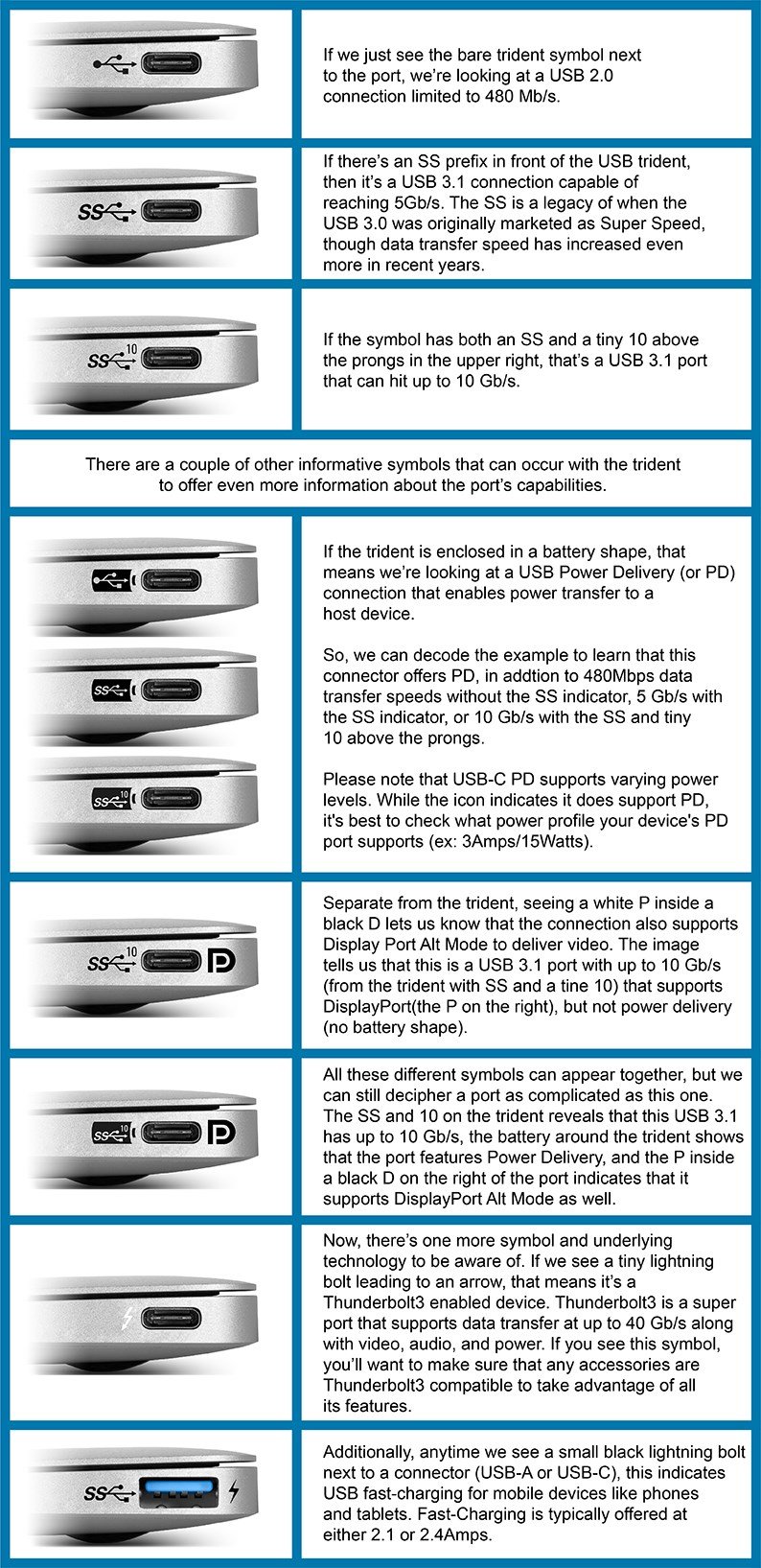this post was submitted on 09 Sep 2024
1592 points (97.4% liked)
Technology
59631 readers
2672 users here now
This is a most excellent place for technology news and articles.
Our Rules
- Follow the lemmy.world rules.
- Only tech related content.
- Be excellent to each another!
- Mod approved content bots can post up to 10 articles per day.
- Threads asking for personal tech support may be deleted.
- Politics threads may be removed.
- No memes allowed as posts, OK to post as comments.
- Only approved bots from the list below, to ask if your bot can be added please contact us.
- Check for duplicates before posting, duplicates may be removed
Approved Bots
founded 1 year ago
MODERATORS
you are viewing a single comment's thread
view the rest of the comments
view the rest of the comments

It's cool, the colors are just for aesthetics. Internally they're all connected to the same USB controller chip anyway.
/s probably
Edit: it was a joke. I know blue means 3.
If they're following the standard, which they often do but sometimes don't, white indicates 2.0 and blue indicates 3.0+. I think there are more but I don't remember the other colours.
Blue is a convention to indicate USB 3. Of course, not everyone actually implements that, and USB-C ports don't, as far as I know, do that at all, just USB-A.
My current desktop does both -- the case has USB ports on the top that come off a USB header from the motherboard, which have a simple number "3.0" pointing at its USB-A ports in front, but uses black plastic for them. The motherboard's USB connectors in back use the "blue plastic" convention on its USB-A 3 ports, and black plastic on its USB-A 2 ports. The motherboard also labels the USB 3 ports by having a text label reading "USB 3.2", which isn't listed on OP's set of symbols, and puts symbols on them.